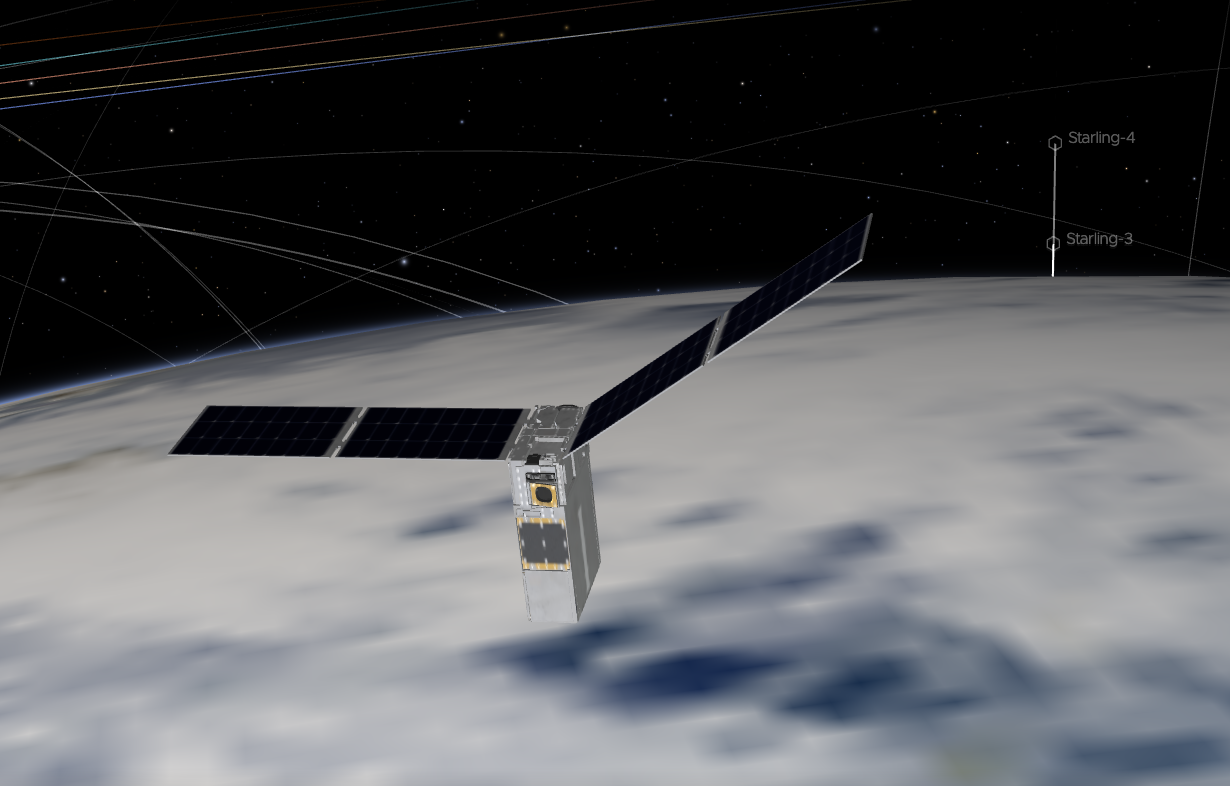NASA’s Starling CubeSats are zipping through low Earth orbit in the agency’s latest test of robotic swarm technologies for space. The four Starling spacecraft, launched in July 2023, are testing a group of small satellites ability to coordinate and cooperate independently without real-time updates from mission control.
NASA invites the public to follow the Starling mission live in NASA’s Eyes on the Solar System 3D visualization, which uses real-time data in an interactive solar system simulation. The positions of the planets, moons, and spacecraft – including Starling – are shown as they travel through space.
The Starling mission, managed at NASA’s Ames Research Center in California’s Silicon Valley, will test multiple flight patterns and autonomous capabilities, including maneuvering to stay together as a group, creating and patching their own communications network, keeping track of each other’s relative position without use of GPS, and autonomously changing their combined science data collection strategy based on the latest readings from onboard sensors.
Autonomous technologies are vital to NASA’s space science and exploration goals, especially when exploring environments far from Earth where signal delays make real-time maneuvering impractical or impossible. Satellites and spacecraft operating in a networked, autonomous, and coordinated capacity will help humanity explore the unknown and conduct better science than ever before.
NASA’s Ames Research Center leads the Starling project. NASA’s Small Spacecraft Technology program, based at Ames and within NASA’s Space Technology Mission Directorate (STMD), funds and manages the Starling mission. Blue Canyon Technologies designed and manufactured the spacecraft buses and is providing mission operations support. Rocket Lab USA, Inc. provided launch and integration services. Partners supporting Starling’s payload experiments include Stanford University’s Space Rendezvous Lab in Stanford, California, Emergent Space Technologies of Laurel, Maryland, CesiumAstro of Austin, Texas, L3Harris Technologies, Inc., of Melbourne, Florida, and NASA Ames – with funding support by NASA’s Game Changing Development program within STMD.
For news media:
Members of the news media interested in covering this topic should reach out to the NASA Ames newsroom.





























